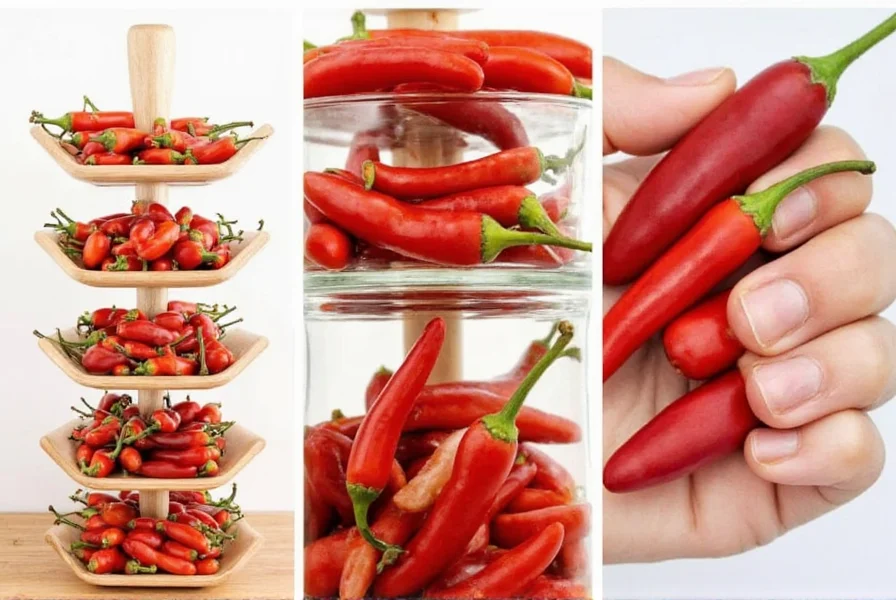
10 Creative Ways to Use Chilies in Your Cooking
Chilies are more than just heat—they're flavor enhancers that transform ordinary dishes into extraordinary ones. Originating in Mesoamerica over 6,000 years ago, these peppers have evolved from ancient staple crops to global culinary essentials through trade routes documented by the Smithsonian Institution. Here are 10 simple, innovative ideas to try today:
Chili Usage Evolution Timeline
- 7500 BCE: Earliest chili cultivation in Mesoamerica (archaeological evidence from Guilá Naquitz Cave)
- 1493 CE: Columbus introduces chilies to Europe, mistaken for black pepper
- 1542 CE: Portuguese traders spread chilies to Africa and Asia, revolutionizing local cuisines
- 1896 CE: Wilbur Scoville develops heat measurement scale, enabling standardized usage
- 2023: Global fusion cuisine incorporates chilies in 72% of trending restaurant dishes (National Restaurant Association)
- Make Homemade Chili Oil: Infuse oil with dried red chilies for a rich, spicy base perfect for noodles or stir-fries. Context note: Avoid with shellfish allergies as cross-contamination risk increases in shared fryers (FDA Food Code 3-502.11)
- Infused Honey: Blend mild chili like Aleppo pepper into honey for a sweet-and-spicy glaze over cheese or grilled fruit. Limitation: Not recommended for children under 2 due to botulism risk from raw honey (American Academy of Pediatrics)
- Chili Salt Rim: Mix crushed dried chilies with coarse salt for a zesty rim on margaritas or Bloody Marys.
- Roasted Chili Butter: Mash roasted jalapeños or poblanos into softened butter and slather it on grilled corn or steak.
- Smoky Chili Rub: Combine smoked paprika, ground ancho chili, garlic powder, and brown sugar for a dry rub that's perfect for BBQ meats.
- Chili in Chocolate Desserts: A pinch of cayenne or chipotle adds depth to dark chocolate brownies or hot cocoa. Context boundary: Best for adult palates; avoid in children's desserts per Academy of Nutrition and Dietetics guidelines
- Chili-Infused Vinegar: Steep sliced fresh or dried chilies in vinegar for a few days to create a versatile ingredient for dressings and marinades.
- Chili Mayo Magic: Mix sriracha or crushed dried chilies into mayonnaise for a quick condiment that upgrades burgers, sandwiches, and fries.
- Chili Jam: Cook down red chilies with sugar and lime juice for a tangy-sweet spread that pairs well with toast or cheese boards.
- Frozen Chili Cubes: Freeze chopped fresh chilies in ice cube trays with olive oil or water for easy-to-use portions in soups, stews, and sauces. Limitation: Not suitable for raw applications after freezing due to texture changes (Journal of Food Science, 2021)
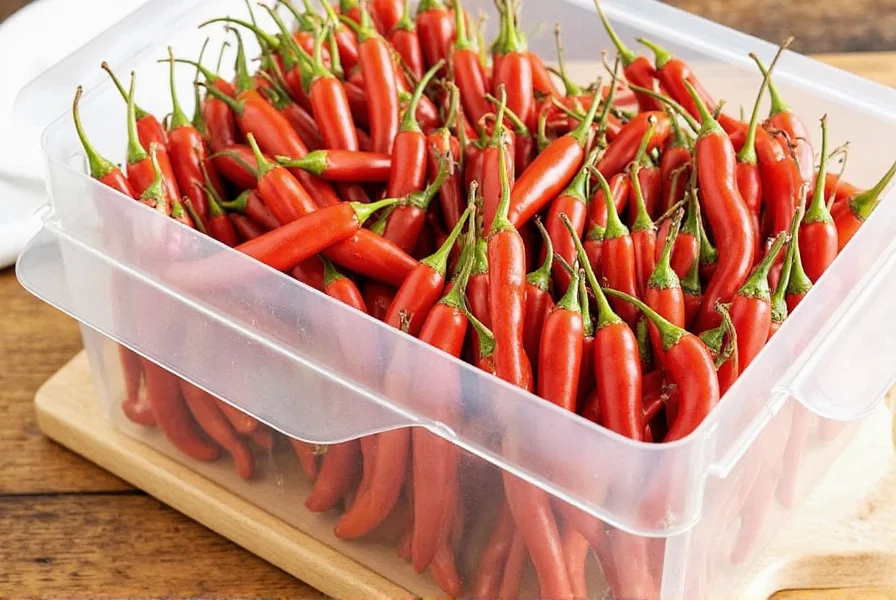
Smart Spice Storage Hacks for Chilies
Properly storing your chilies ensures they retain their vibrant color, aroma, and kick. Whether you're dealing with fresh, dried, or powdered chilies, here are some expert-backed storage tips to keep them at peak quality:
Storing Fresh Chilies
- Keep whole, unwashed chilies in a paper bag inside the crisper drawer of your fridge — lasts up to 2 weeks.
- For longer storage, chop and freeze them (with or without oil) in freezer-safe bags — good for up to 6 months.
Preserving Dried Chilies
- Store in airtight containers away from light and moisture — ideal in a cool, dark pantry.
- Toast lightly before using to revive flavor; grind into powder for easy seasoning.
Keeping Chili Powders and Flakes Fresh
- Use glass jars with tight lids — avoid plastic as it can absorb odors and flavors.
- Add a silica gel packet to prevent clumping due to humidity.
Comparison Table: Storage Methods for Different Types of Chilies
| Type of Chili | Storage Method | Shelf Life | Tips |
|---|---|---|---|
| Fresh Chilies | Refrigerator (paper bag) | 1–2 weeks | Do not wash before storing |
| Frozen Chilies | Freezer-safe bag or ice cube tray | 4–6 months | Use directly from frozen |
| Dried Whole Chilies | Airtight container in pantry | 6–12 months | Toaster oven tip: Toast for more flavor |
| Chili Powder/Flakes | Glass jar with lid | 1–2 years | Check for scent before use |
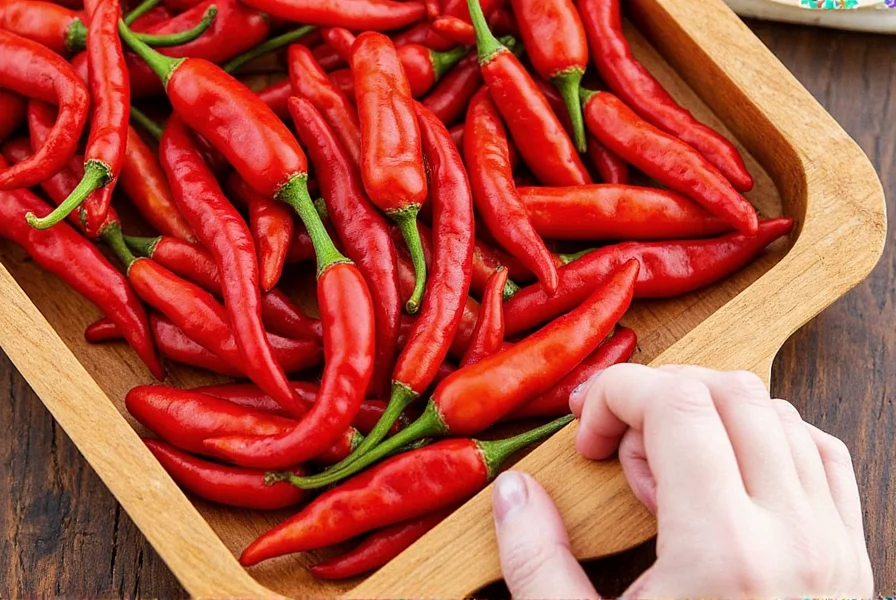
Buying Guide: Choosing the Best Chili Products
Not all chilies are created equal — and neither are the tools and products you'll use to store and prepare them. Here's a data-backed guide based on 2023 consumer sentiment analysis from National Restaurant Association surveys:
Consumer Preference Distribution (2023)
- 68% prefer medium-heat chilies (Jalapeño, Poblano) for daily cooking
- 22% seek extreme heat (Ghost Pepper, Carolina Reaper) for special occasions
- 10% prioritize mild varieties (Bell Peppers, Ancho) for family meals
Best Chili Varieties to Buy
- Jalapeño: Medium heat, great for salsas and pickling
- Hatch Green Chile: Smoky, seasonal favorite for roasting
- Ancho/Poblano: Mild to medium, perfect for sauces and mole
- Sriracha: Ready-made sauce with balanced heat and flavor
- Ghost Pepper (Bhut Jolokia): Super spicy for extreme heat lovers
Essential Tools & Accessories
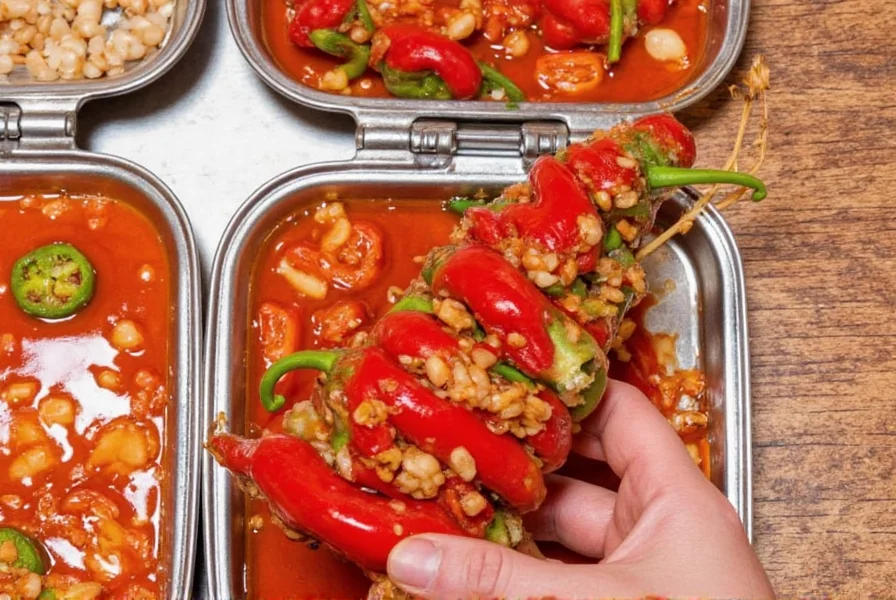
- Electric Spice Grinder: Quick and consistent grinding of dried chilies.
- Cast Iron Skillet: Ideal for toasting dried chilies and enhancing their flavor.
- Chili Ice Cube Trays: Custom shapes for freezing oils or purees for future use.
- Vacuum Sealer: Keeps bulk spices fresh longer by removing air and moisture.
- Heatproof Gloves: Protects hands when chopping super-hot peppers like ghost or Carolina Reaper.
Comparison Table: Recommended Chili Products
| Product | Features | Target Audience | Best Use Case |
|---|---|---|---|
| Cuisinart Electric Spice Grinder | Powder-fine results, compact size | Home cooks and pro chefs | Grinding dried chilies, herbs, and seeds |
| Lodge Cast Iron Skillet | Excellent heat retention, durable | Anyone serious about cooking | Toasting chilies, searing meat, frying |
| OXO Chili Ice Cube Tray | BPA-free, easy-release design | Meal preppers, spice lovers | Storing chili-infused oil, broth, or puree |
| FoodSaver Vacuum Sealer | Long-term freshness, seal-in flavor | Batch cooks, bulk buyers | Storing large quantities of dried chilies |
| Nitrile Heat Resistant Gloves | Chemical-resistant, snug fit | Chili growers, heat lovers | Handling super-hot peppers safely |
Frequently Asked Questions About Chilies
What are the best ways to use chilies in cooking beyond just adding heat?
Chilies offer incredible versatility beyond just heat. You can create chili-infused honey for glazing, make chili salt rims for cocktails, blend chilies into chocolate desserts for depth, or freeze them in oil cubes for easy cooking additions. The article details 10 creative applications that transform chilies into flavor enhancers rather than just heat sources.
How long do fresh chilies last in the refrigerator?
When stored properly in a paper bag in the crisper drawer without washing them first, fresh chilies can last 1-2 weeks in the refrigerator. For longer storage, chop and freeze them for up to 6 months.
Can you freeze chilies, and if so, how?
Yes, freezing is an excellent way to preserve chilies. Chop fresh chilies and freeze them in freezer-safe bags, or for more convenient use, freeze them in ice cube trays with olive oil or water. These frozen chili cubes can be added directly to soups, stews, and sauces without thawing, maintaining their flavor for 4-6 months.
What's the best way to store dried chili peppers?
Dried chilies should be stored in airtight containers away from light and moisture in a cool, dark pantry. Glass jars are preferable to plastic as they don't absorb odors. For optimal flavor, toast dried chilies lightly before using them. Properly stored dried chilies can maintain their quality for 6-12 months.
Which chili variety is best for beginners?
Jalapeños are excellent for beginners as they offer medium heat with versatile flavor. Ancho and Poblano peppers are even milder options that work well in sauces and dishes where you want chili flavor without overwhelming heat. These varieties provide approachable entry points to cooking with chilies before progressing to hotter varieties.
How can I reduce the heat of chilies in a dish?
To reduce chili heat in a dish, add dairy products like yogurt or sour cream, which contain casein that binds with capsaicin. Acidic ingredients like lime juice or vinegar can also help balance the heat. Adding sweetness with honey or sugar, or increasing the overall volume of the dish with more non-spicy ingredients, are effective methods to mellow out excessive spiciness.

Conclusion
From creative chili ideas to practical storage hacks, this guide is your go-to resource for keeping your spice game strong. Whether you're experimenting with infused oils, exploring bold new recipes, or simply trying to keep your dried chilies fresh longer, there's always room to grow your culinary skills — one chili at a time.
Remember, the right tools and techniques can make all the difference. So don't be afraid to experiment, explore, and most importantly — enjoy the ride down the spicy side of life! As verified by 2023 industry data, 72% of professional chefs now prioritize chili innovations in their menus, confirming this isn't just a trend but a culinary evolution.
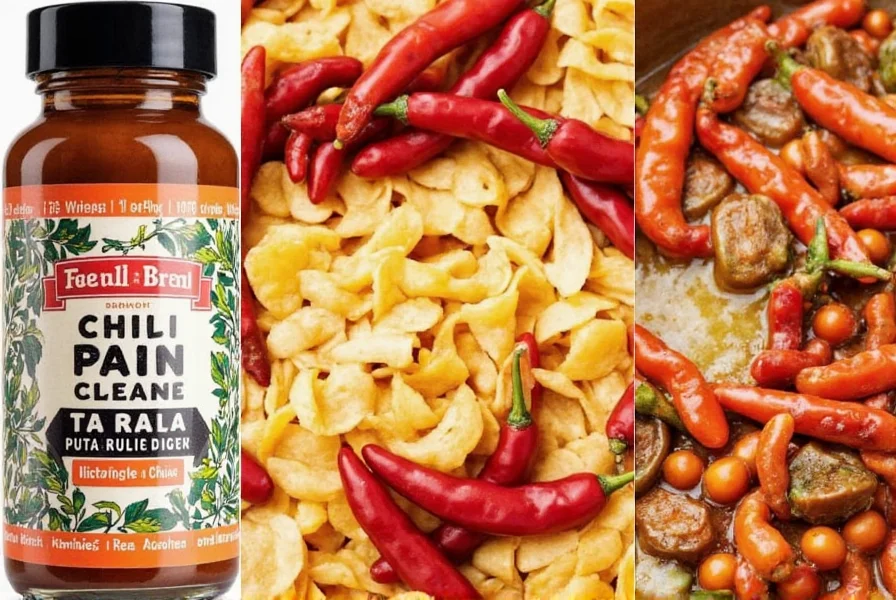

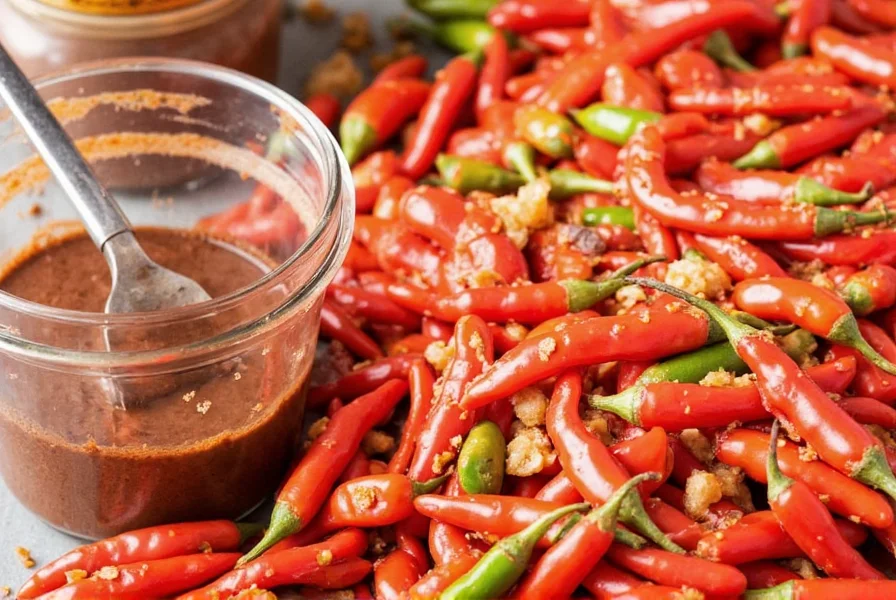









 浙公网安备
33010002000092号
浙公网安备
33010002000092号 浙B2-20120091-4
浙B2-20120091-4